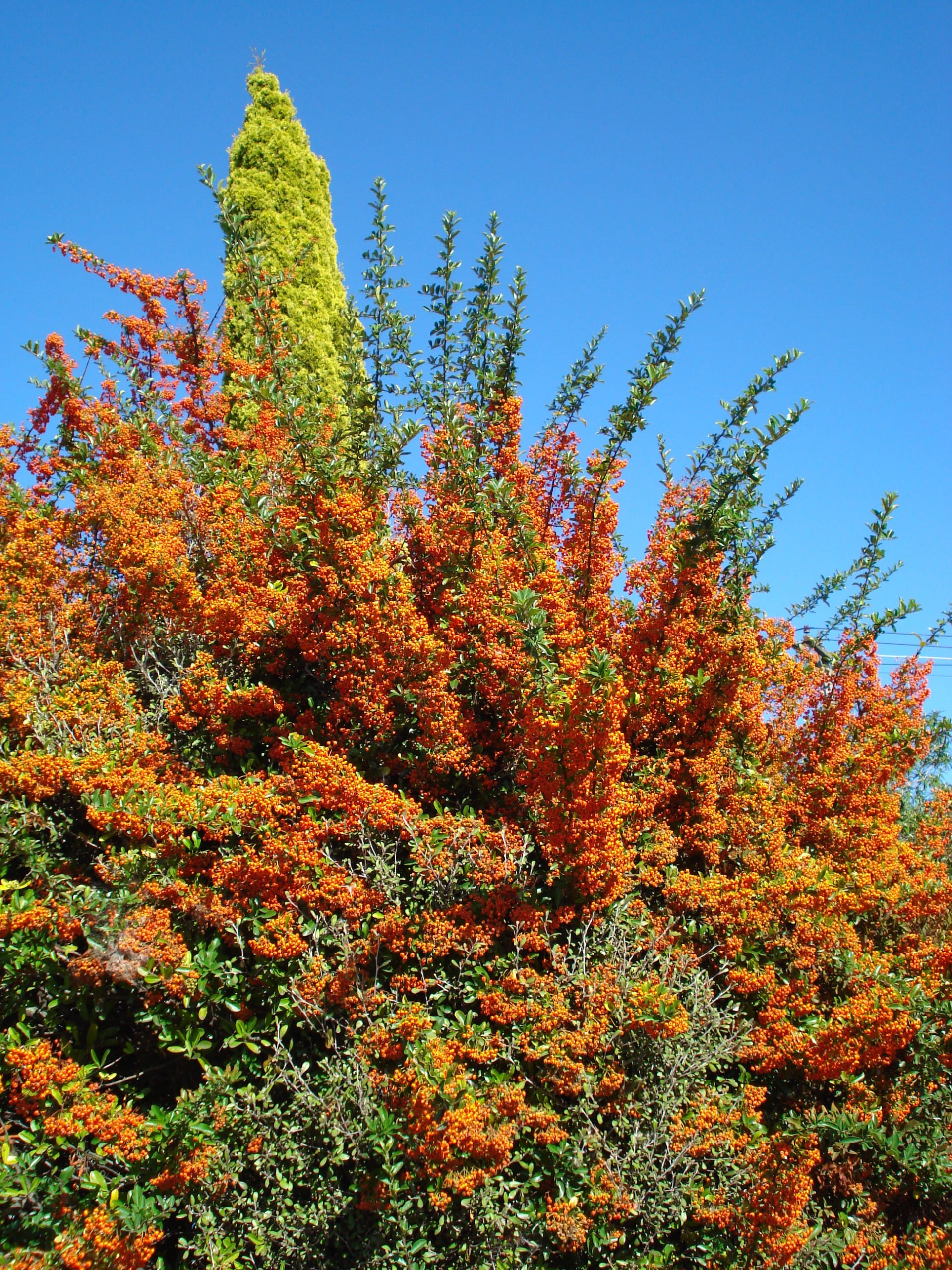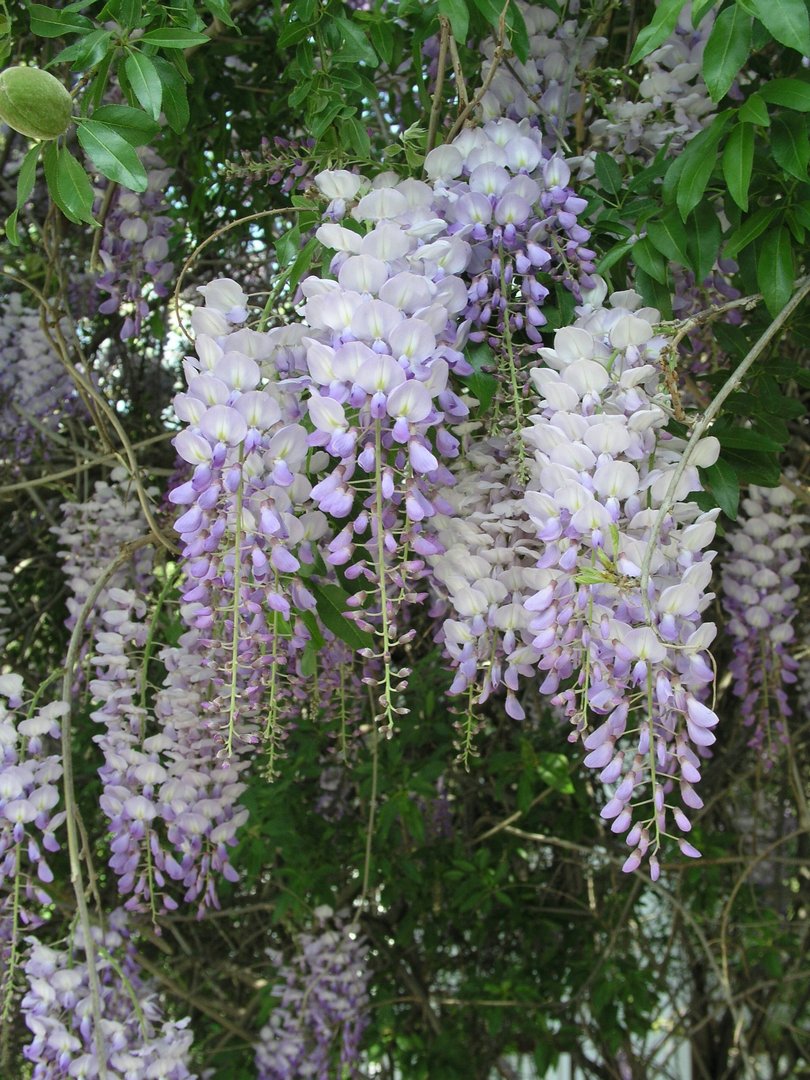Gardening with Patricia Jordan
With lengthening days and more sunshine, this is the time of year when you can really enjoy gardening. The soil is reasonably moist and everything is looking fresh. Garden centres are full of exciting plants just waiting to be planted in your gardens.
However, it doesn’t do to get too excited as March and indeed February can be very windy months, so do check trellis and tree stakes to ensure they are firmly in the ground. The winds may bring off lots of the little fruits on your prunus trees. This is the equivalent of the ‘June Drop’ in northern Europe and is to be expected.
If your garden is sheltered, some annuals (seed to seed in one season) will be in flower already, but those of us at higher elevations need to have warm soil if you want them to germinate. If your seed packets were bought a while ago, pop them into the fridge for a week or two before sowing to give them a little winter. (I keep mine there once I have harvested them.)
Annuals like marigolds, larkspur, cosmos, nasturtiums and poppies are generally sown in drifts and only need a light covering of soil. Their seeds are so tiny and usually fertile that you will probably find that you have more little seedlings than you need, so it will be a case of plucking out some of them to give the rest a chance of growth and eventual flowers.
Annuals really don’t like to be moved once they have rooted, so make sure that they are where you want them to finish up.
I enjoy the early irises and I have many different cultivars as well as Iris arabicum, germanica and xiphium, which is known here as the Dutch Iris. Both Iris arabicum and germanica love to grow in the sun and should have their rhizomes (that’s the fleshy top above the roots) exposed. The different colourations have been developed over the years and are truly breath-taking. Thousands of different varieties are known to exist.
Loquats should be ready to be picked this month or next if you live higher up. If you removed some of the smaller fruits earlier in the year, you should be left with rounded juicy golden orbs. They are really delicious to eat and the tree requires little or no maintenance.
THINGS TO DO IN THE GARDEN IN MARCH
I am always being asked about how to grow wisteria successfully. It has become a ‘must have’ plant again and available in many garden centres in the spring. Some of the most magnificent specimens are to be found in old gardens in our towns where they have grown, mostly untended, for years. It takes about seven years for a wisteria to flower from a seedling, so it’s best to look out for a plant from a garden centre that already is showing fluffy buds on the stems, so that you know that it has reached the flowering stage. Pruning and training are very important when it comes to encouraging it to flower as wisteria perfume is to die for – heady and wonderful. Grow it up a frame-work, so that it can latch on for support. Sometimes suckers appear at root level taking the goodness out of the main plant, so keep the main trunk clear of any low growths. If the plant has only one main stem, let it grow to the height that you want and pinch out the top to encourage others to appear and keep those new branches short. I find that pruning is best kept to the late winter when you can see where the dead stems are and so remove them. If you feed with a high nitrogen feed then you will just encourage lots of leaves and have no flowers, so for good results feed with an all purpose plant food or a rose feed would do.
Jasminum mesnyi has been looking wonderful for several weeks now as more of its bright yellow flowers burst into bloom. Older shoots should be thinned out after flowering. It is easy to spot the older branches as they look very woody while the new growth is fresh and green. White summer flowering Jasminum officinale (used to be known as grandiflorum but has had a name change) is pruned severely right back to the wood in the early spring as it flowers on new growth. After pruning give the plants a feed to help them recover.
While there is still the likelihood of rain, check out any watering systems that you may have, ready for the summer. The hard water here quickly chokes up nozzles and piping can also get burned in the sun and may need to be replaced. Nozzles can be soaked overnight in a bowl of malt vinegar, and scrubbed clean with an old tooth brush, which should eliminate any lime deposits or you could buy new ones. Have a look as well at any spaghetti feeders leading into pots, as they may well have come undone during the winter.
We are being encouraged nowadays not to use plastic in our gardens but here it is difficult to find any plants not in plastic pots. If you have lots of old pots then recycle them again and again until they fall apart. This not only salves your own conscience but helps the environment as well. Potted plants may need some attention after the winter as the soil can become stale. I recommend planting in a plastic pot before putting it inside an expensive ornamental one. This saves breakages when you come to repot, as you just lift out the inner pot. My advice about not using potting compost straight from the bag is still valid. Not only is it cold and compressed but it will be very lumpy as well. So turn it out and break up all the lumps, letting some air into the mix. If your pots are destined to be out on the veranda or patio all summer, add some slow-release fertiliser to the mix which will feed the plants. Shop-bought potting composts only have enough nutrients to last between four and six weeks and our summers are much longer than that! Once the plants are settled in and have been watered, then you can cover the soil with small pebbles or shells to help keep in the moisture.
Summer bulbs should be in the garden centres from now on. What will you choose? Remember that plants like dahlias need lots of water, so if it is in short supply give them a miss. The same goes for Canna lilies, although they are great favourites and are now available in many flower and leaf colours. Agapanthus with white and blue flowers are lovely plants, but it might be better to buy them already in pots, as those in packets take ages before they attempt to flower. A similar plant, Tulbaghia violacea, whose rather lovely pink flowers can be enjoyed all summer long, but when the roots are disturbed, they have a slight oniony smell. They are being used in municipal plantings everywhere these days. And there are always gladioli with their upright flowering stems in various bright colours. There will be such a lot of good plants to choose from.

PLANT OF THE MONTH – PYRACANTHA
Pyracantha originally came from Southern Europe, Turkey and Iraq, and grows well in many other parts of the world as well, where the branches of brightly coloured berries tumble over fences in many gardens during the late summer. An evergreen shrub belonging to the Rose family, it may grow to a maximum of around three metres, preferring a warm, south facing position to any other. In springtime, many clusters of white or cream flowers appear on the branches, which eventually turn into bright orange, red or yellow fleshy fruits around the seeds. These berries are extremely attractive to birds except the yellow ones, which they leave on the branches
Pyracantha grows easily in most gardens and the best site is against a wall, where it can be trained to look its best. If you choose to grow it this way, keep the outward growing flower stems short – about two or three leaves beyond the fruit cluster. Beware of the very sharp thorns when handling them, and always wear heavy gloves to protect your hands and forearms, as some people are allergic to scratches from them. Flowers appear on last year’s growth, so bear that in mind when pruning. Do any positive trimming as the flowers fade, but you will lose some berries that way.
Generally disease-free, pyracantha can be susceptible to ‘Fireblight’, which is a fungal disease caused by growing the shrub in damp conditions. If that happens, prune out and dispose of the infected branches. Propagate by hardwood cuttings or sow the seeds after giving them a ‘winter’ in the fridge, and removing the outer pulp.



